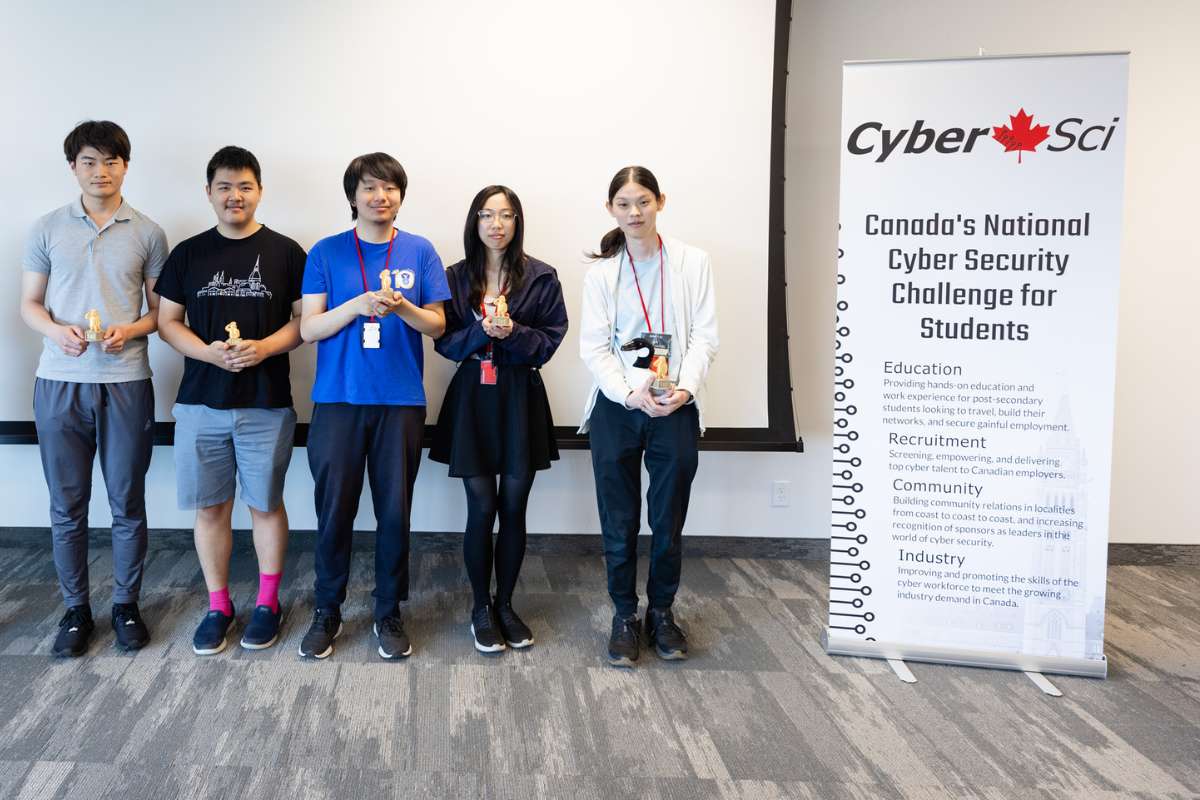Researchers have unveiled a novel AI Encryption Technique that utilizes AI chatbots to hide secret messages in human-like text, offering a potentially game-changing approach to secure digital communication. The breakthrough technology, described as a “digital invisible ink,” allows ciphers to be embedded within natural language responses generated by AI models like ChatGPT—making the encoded messages virtually undetectable to traditional cybersecurity systems.
The study, published on April 11 in the preprint database arXiv, introduces a system called EmbedderLLM, which covertly embeds encrypted information within AI-generated messages. Unlike conventional encryption methods that are easily flagged or restricted in some digital environments, this technique disguises the message so well that it reads like ordinary, human-written content. Recipients use a specialized algorithm to extract the hidden message, which remains concealed without a specific password or private key.
This innovation is especially relevant in situations where standard encryption might attract attention or be outright banned. However, the researchers behind the project, including co-author Mayank Raikwar from the University of Oslo, caution that the same technology that could protect vulnerable voices could also be misused. “Every technical framework comes with ethical considerations,” Raikwar said, emphasizing the dual-use nature of the method.
How the AI Encryption Technique System Works
EmbedderLLM operates by inserting encrypted text into specific locations within AI-generated messages, similar to hiding treasure along a mapped-out trail. These seemingly innocent texts can then be sent through any communication platform, from messaging apps like WhatsApp to online video game chats. On the receiving end, a decoding algorithm serves as a guide, pinpointing the exact locations of the concealed characters to reconstruct the original message.
The system supports both symmetric encryption, where sender and receiver share a common secret key, and public-key encryption, where only the recipient holds the private key necessary to decrypt the message. Once the key is shared, EmbedderLLM ensures the hidden data remains secure against both current and future decryption threats, including those posed by quantum computing technologies.
Yumin Xia, Chief Technology Officer at blockchain firm Galxe, commented on the feasibility of the concept, noting that “the idea of using large language models for cryptography is technically possible,” depending on the encryption method. However, he acknowledged that its widespread implementation would rely on real-world demand and application.
Real-World Implications and Ethical Considerations
Beyond the academic and technical implications, EmbedderLLM has potential real-world uses in safeguarding free speech under authoritarian regimes. According to the researchers, it could allow journalists, activists, and oppressed citizens to share critical information without detection, even in regions with strict censorship and surveillance.
Raikwar sees the tool as a valuable resource in such contexts. “For citizens under oppression, it provides a safer way to communicate critical information without detection,” he said. The researchers believe that the framework could help preserve privacy and freedom of expression in digital communications.
Still, experts caution that the tool is not yet AI Encryption Technique ready for mainstream deployment. While the concept is promising, its effectiveness and safety will depend heavily on careful implementation and ethical oversight. As Xia noted, “Right now, the paper is an interesting experiment for a hypothetical use case.”






